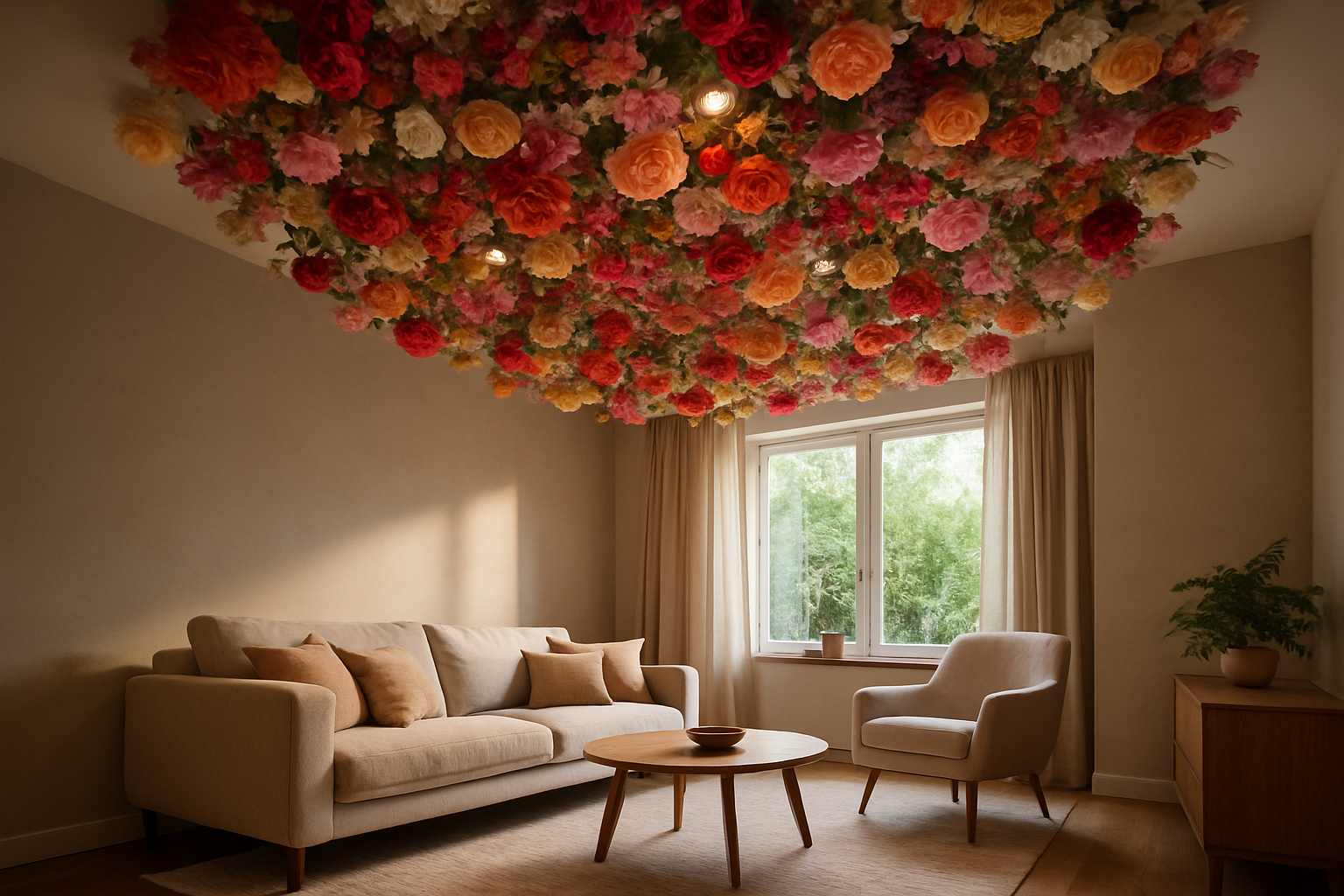Understanding the Living Room and Its Many Uses
A living room is often the heart of a home where people gather, talk, and relax. This article explains what makes a living room special, how furniture and design can change the way it feels, and why people use it for different activities like reading, playing, or welcoming guests. Readers will explore how living rooms have changed over time and learn simple ways they are set up in homes around the world.

What Are Effective Living Room Design Ideas for Different Spaces?
Living room design ideas vary greatly depending on the size, layout, and intended use of your space. For smaller living rooms, consider incorporating light colors and mirrors to create an illusion of spaciousness. Vertical storage solutions, such as tall bookshelves or wall-mounted cabinets, help maximize floor space while providing essential storage. Multi-purpose furniture pieces, like ottomans with hidden storage or coffee tables that convert to dining surfaces, offer practical solutions without cluttering the room.
Larger living rooms present opportunities for creating distinct zones within the same space. You might designate one area for conversation with comfortable seating arranged around a focal point, while another section serves as a reading nook or entertainment zone. Strategic use of area rugs can help define these different spaces and add visual interest to the room.
How Does Home Interior Design Impact Living Room Functionality?
Home interior design principles significantly influence how well your living room serves its intended purposes. The concept of flow ensures that people can move easily through the space without obstacles, while proper lighting design combines ambient, task, and accent lighting to create the right atmosphere for different activities. Color psychology plays a crucial role, with warmer tones promoting social interaction and cooler hues encouraging relaxation.
Texture and pattern integration adds depth and visual interest to your living room. Combining smooth surfaces like leather or glass with textured elements such as woven fabrics or natural wood creates a balanced, sophisticated appearance. The key lies in maintaining harmony between different design elements while allowing each piece to contribute to the overall aesthetic vision.
What Strategies Work for Living Room Furniture Arrangement?
Living room furniture arrangement requires thoughtful planning to optimize both function and visual appeal. The traditional conversation area typically centers around a focal point, such as a fireplace or entertainment center, with seating arranged to facilitate easy interaction. Maintain appropriate distances between furniture pieces – generally 3 to 8 feet between sofas and coffee tables, and 14 to 18 inches between a coffee table and seating.
Consider traffic patterns when positioning furniture, ensuring clear pathways through the room. Avoid pushing all furniture against walls, as floating pieces can create more intimate conversation areas and better define the space. Balance is essential – distribute visual weight evenly throughout the room by mixing different furniture heights, shapes, and sizes while maintaining a cohesive style.
How Do Modern Living Room Styles Influence Today’s Homes?
Modern living room styles emphasize clean lines, minimal clutter, and functional design elements that serve contemporary lifestyles. Scandinavian influences promote light wood tones, neutral color palettes, and cozy textiles that create hygge-inspired comfort. Industrial modern styles incorporate exposed brick, metal accents, and reclaimed wood for an urban aesthetic that appeals to many homeowners.
Mid-century modern elements, including sleek furniture with tapered legs and bold geometric patterns, continue to influence contemporary design. These styles often feature open floor plans that connect living rooms to dining areas and kitchens, reflecting modern preferences for communal living spaces. Technology integration has become increasingly important, with modern living rooms incorporating built-in charging stations, smart home controls, and entertainment systems that blend seamlessly with the overall design.
Contemporary living rooms also embrace biophilic design principles, incorporating natural elements like plants, natural light, and organic materials to create healthier, more pleasant living environments. This approach recognizes the psychological benefits of connecting with nature, even within indoor spaces.
Adapting Your Living Room for Multiple Functions
Today’s living rooms often serve multiple purposes beyond traditional socializing and relaxation. Many homeowners create flexible spaces that can accommodate work-from-home needs, exercise routines, or children’s play areas. Modular furniture systems allow for easy reconfiguration based on changing needs, while built-in storage solutions help maintain organization when the room transitions between different functions.
Consider incorporating adjustable lighting systems that can shift from bright task lighting for work activities to soft ambient lighting for evening relaxation. Acoustic considerations become important in multi-purpose spaces, with area rugs, curtains, and upholstered furniture helping to absorb sound and create more comfortable environments for various activities.
The living room remains one of the most important spaces in any home, serving as a reflection of personal style while accommodating the practical needs of daily life. By understanding how design principles, furniture arrangement, and modern styling approaches work together, you can create a living room that truly serves your lifestyle while providing a welcoming environment for family and guests. Whether your space is large or small, traditional or contemporary, the key lies in balancing functionality with aesthetic appeal to create a room that feels both comfortable and purposeful.




